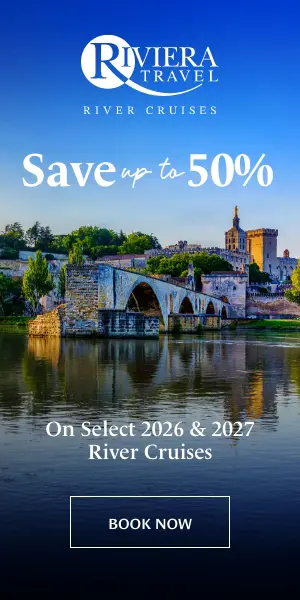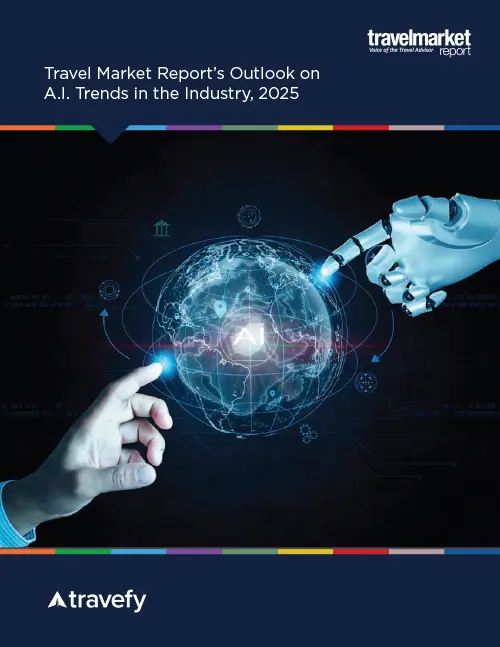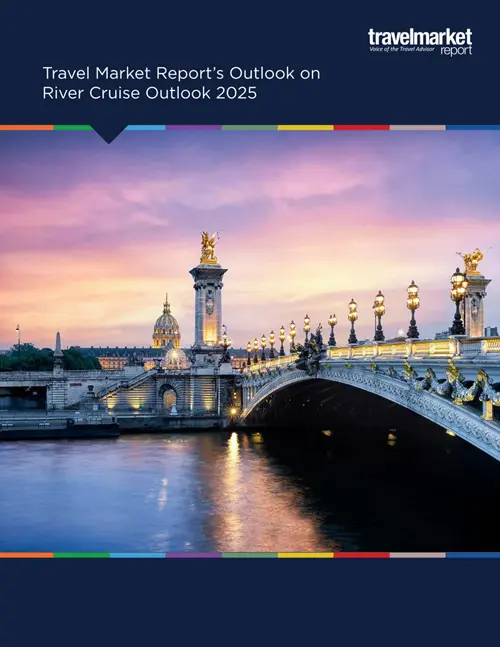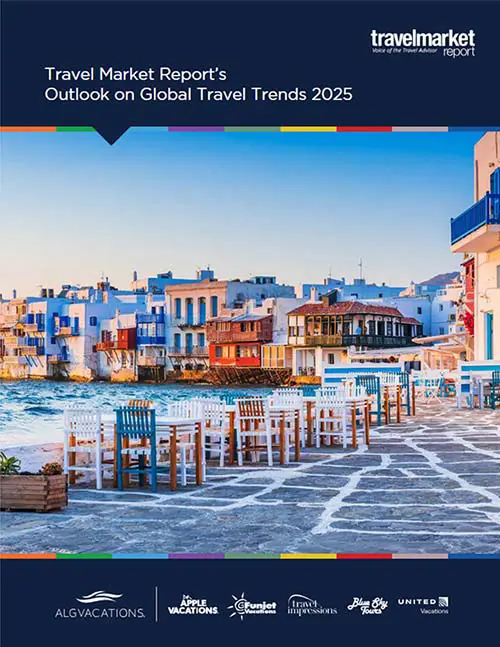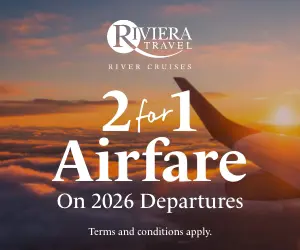Client Life Cycle Automations that Can Help Travel Advisors Save Time
by Dori Saltzman
Photo: Shutterstock.com
Automation is about efficiency. When travel advisors are able to automate some or most of their tasks and processes they can save time, generate more leads, increase revenue, manage customer retention, and shorten the sales cycle.
When synced together, automations let travel advisors sit back and relax, said Laurie Keith, CEO and founder of Boutique Travel Services and Travel Entrepreneur Academy, who spoke at this year’s Travel Market Place in Toronto this past June. Though she spoke in jest – when do travel advisors ever really relax – the truth is that automation can make the advisor’s life easier.
During her presentation, Keith went through 10 touch points where automation can help. In this article, we’ve organized these touch points into the stages of the client life cycle from start to finish.
First contact/social media
In today’s always-connected world, making first contact with potential clients is often done online through social media, and there are several automation tools that can help you be more efficient with your social media posting.
The most efficient method for creating a social media content calendar is to mix automated third-party-designed posts with your own, also automated, posts. With the exception of posts that must be made in the moment – typically made when traveling – having an automated content calendar leaves advisors with extra time to work on other aspects of their business.
Pre-designed social media posts – for almost any platform – can be had from free-to-use tools like BranchUp and Rallio (specific to Royal Caribbean). These tools pre-schedule content, and when you opt in, the posts are automatically distributed to your social media platforms using their timeline. All you have to do is sign-up, set a few parameters, and then let the tool(s) work for you.
Advisors can augment these posts with other third-party automated posts, say by opting in to whatever social media program their host, consortia, or franchise parent offers.
Further augmentation should also be done by mixing in posts you’ve created yourself so that your feed has a personal touch. And, while the creation of these posts is more manual, getting them up online doesn’t have to be.
The best way to do this is to create several posts at one time (called batching), then schedule them over a period of time.
Let’s say, you’ve written a new blog post, or have a type of travel or destination you want to focus on. Split the ideas from the blog post or regarding the niche you’re focusing on into several social media posts and create them all at once. (Tools like Canva and ChatGPT can help with the creation of these posts.) Then use a scheduling tool – like Later, Loomly, Hootsuite, or others – to spread them out across several days or weeks.
Capturing your leads
Now that you’ve caught the attention of potential clients, you need to capture their info. Automation can help here too. Keith recommends using forms to get their names and email addresses.
Though she suggested using Facebook Ads that point to a lead capture form (FB Ads has a built-in form system you can use), you can just as easily create regular posts that lead to forms.
To do this you’ll need three things, something to give away (like a free guide, a destination resource or packing list, etc.), the form for people to fill out, and a webpage where you can host the form. You can also create a form for quote requests that you can have ready on your website or listed on your Facebook profile.
There are several tools advisors can use to make forms including HubSpot (which has a host of additional marketing and CRM-related features), Jotform, and Typeform. Even Google has a form-making tool.
If you want to capture information about prospective clients who might be interested in attending a live event, you can use Eventbrite or Humanitix to publish info about the event and require pre-registration.
Nurturing your leads
Now that you’ve captured contact info for prospective clients, the role of automation really kicks into high gear.
Whether you’re using an email marketing system that directly connects with the forms you set up or you’re using something like Zapier, a tool that connects disparate tools, the leads you’ve captured can automatically go into the appropriate email funnel.
“Zapier is an amazing tool,” Keith said. “It basically talks from app to app to app and it’s a lot less expensive than any CRM system… It can connect your email to Facebook, Facebook to any of these [tools].”
Let’s say you’ve listed an upcoming cruise night on Eventbrite. With Eventbrite connected to your email marketing system (again, either directly or via Zapier), you can arrange it so that anyone who pre-registers automatically gets a thank you email and then a day or two before the event, a reminder with any information about what they need to know ahead of time.
Or, say someone has downloaded your Alaska cruise packing list. You can arrange so that anyone who filled out that form automatically gets added to an email funnel about cruising, or adventure travel.
In all of these cases, you don’t have to do anything. Your automations do the work for you.
Tools that can do this for you include HubSpot, Mail Chimp, Constant Contact, and ActiveCampaign, among many others.
For more regular emails that go out to your list of past clients, you can pre-schedule emails as well. Keith said she uses email templates from her consortium and from suppliers to fill in that schedule. (Some consortia, hosts, and franchises, have an email marketing program advisors can opt into, so the regular schedule of emails is taken care of for them.)
Customer relationship management & client retention
Automation saves advisors a significant amount of time in the early stages of the client lifecycle, but it doesn’t end when a prospect transitions into a client.
From the day a client books a trip, you can enter their email into an entirely different type of email funnel, one that includes trip reminders, final payment dates, interesting articles, packing lists, etc. You can even create an automation for you for each client, so that you receive timely reminders of the things you need to do for each client.
You can even set up an automation, using Zapier, that integrates all the information you gather from the contracts you require clients to sign or traveler profiles you ask them to fill out into your CRM system.
You can also automate the card-sending and gift-giving process, whether you send clients something for birthdays, or special occasions, or to welcome them back from a trip, using tools like Cardly or Gift Scheduler Pro.
The time-consuming nature of automation
While automations creates efficiencies and saves time, the process of setting them up can be time-consuming. This is true for advisors who aren’t heavily tech-savvy and those who want to set up multiple email funnels.
Setting and implementing a series of automation should never be done during an advisor’s busy season, Keith said.
For advisors who don’t have any low seasons or don’t want to take the time, hiring someone else to do the initial setup might be the best solution. Keith suggests looking at sites like Fiverr and Upwork, where you can find people who specialize in setting up automations at reasonable prices.









